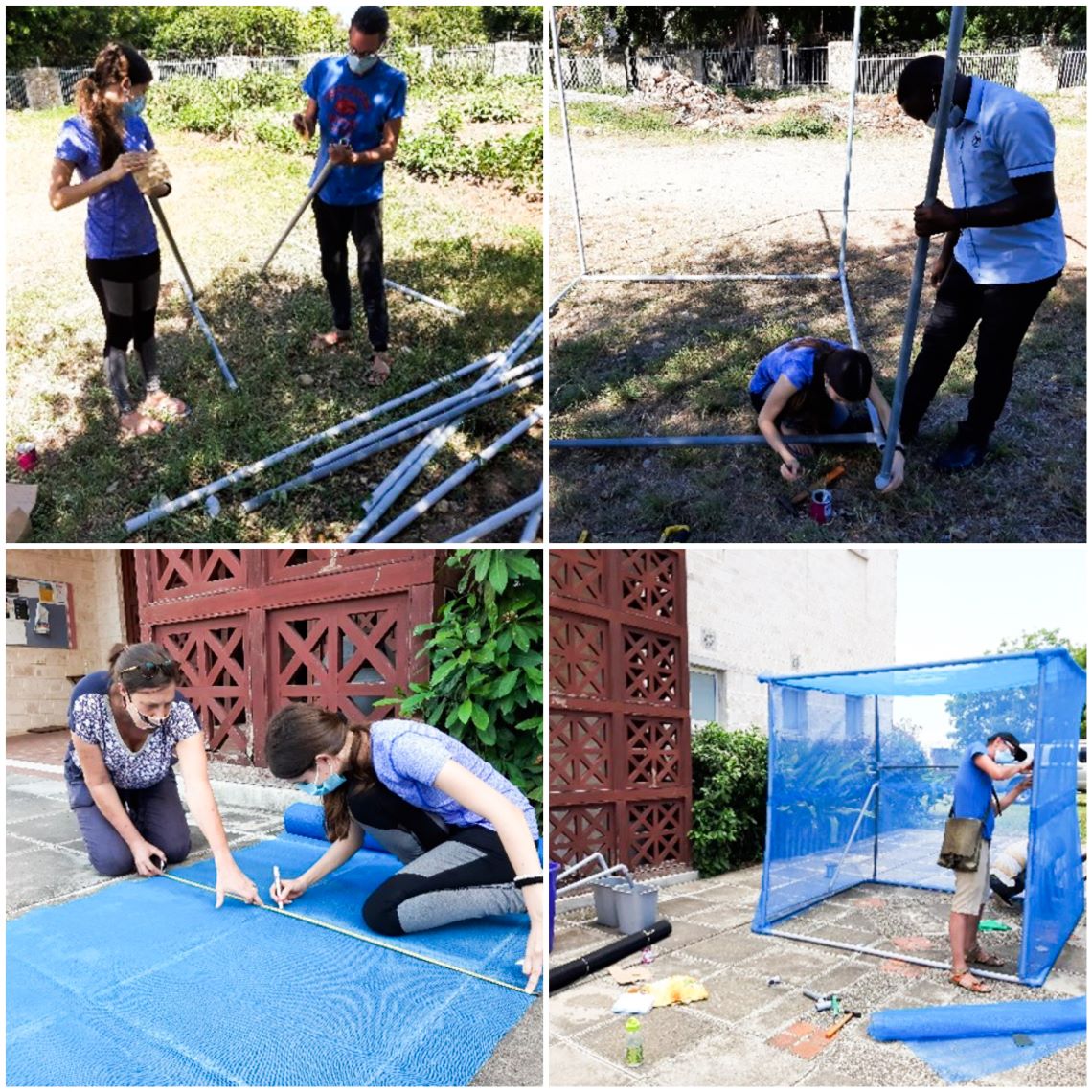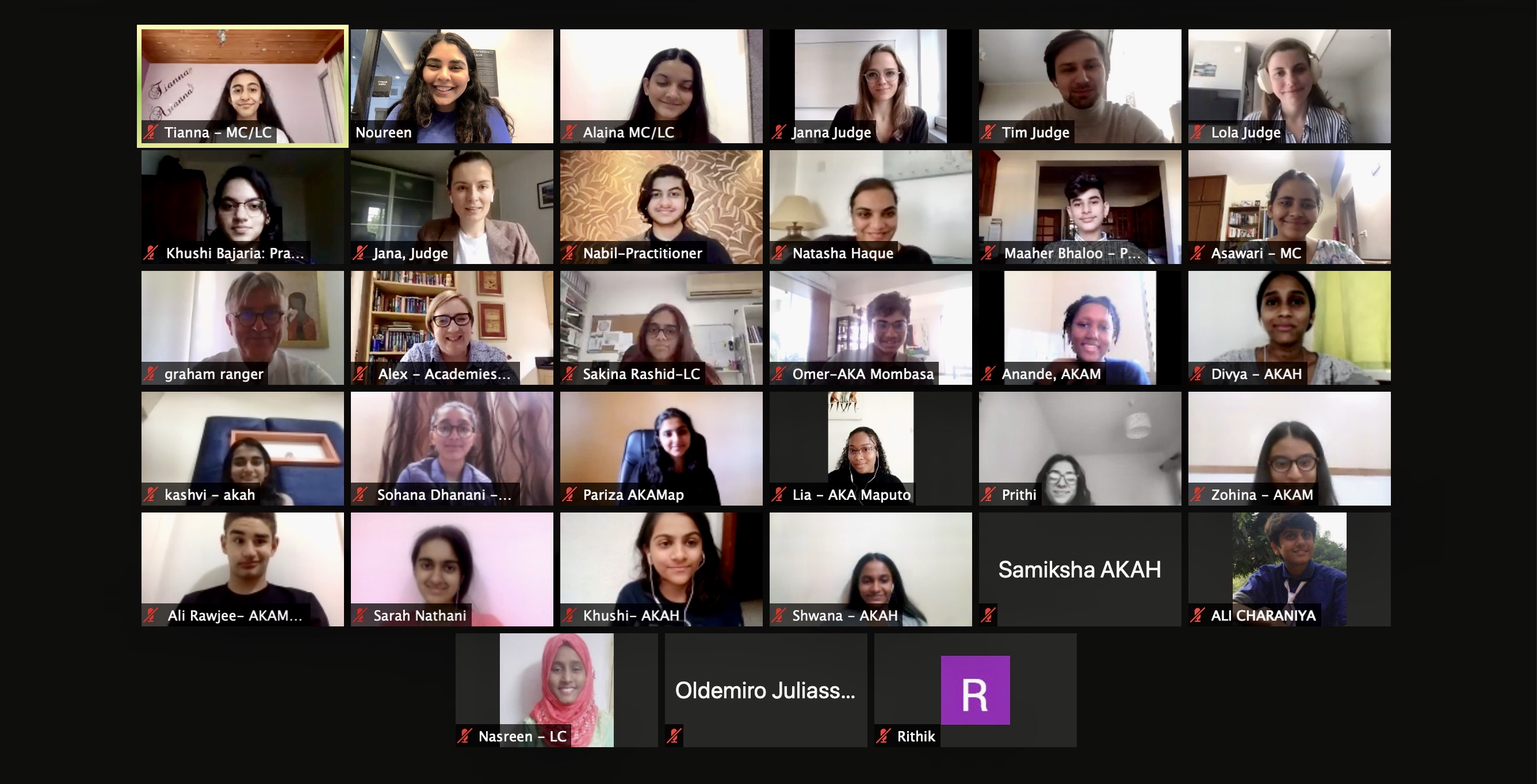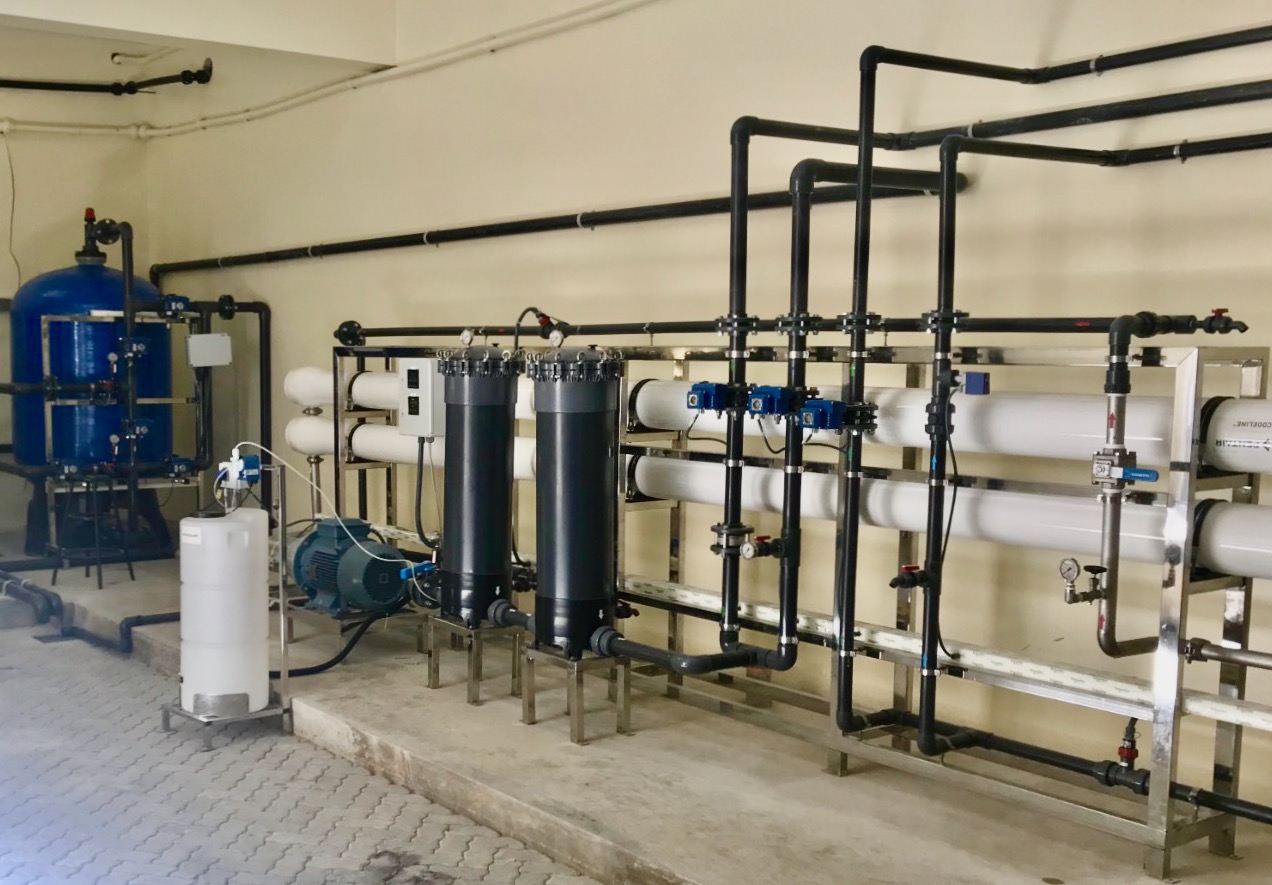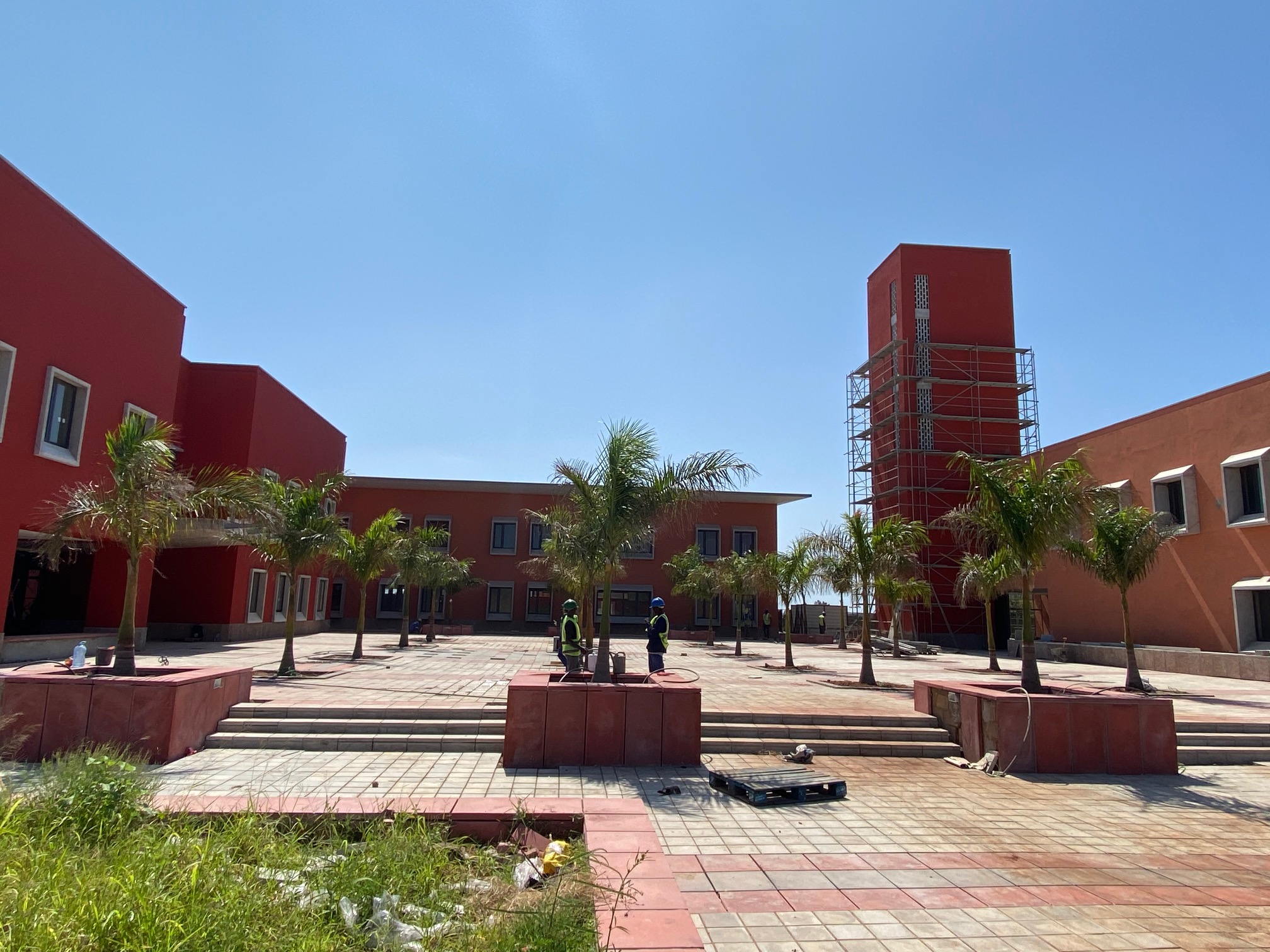How the Aga Khan Academies promote environmental stewardship
This past summer, Iman Kazani, a Diploma Programme 2 student from the Aga Khan Academy in Mombasa, Kenya, participated in a virtual internship with the Aga Khan Development Network. Through this internship, Iman researched climate and education-related initiatives, such as those being offered at the Aga Khan Academies. In this op-ed piece, Iman shares what she learned through her research on how the Aga Khan Academies is teaching environment and climate change to its students, whilst also encouraging them to become eco-friendly change-makers in their own communities.
It is our collective responsibility to be good stewards of the planet. At this critical moment, we must all nurture and invest in solutions that can repair our planet before it is too late.
Prince Rahim Aga Khan, launch of the Earthshot Prize, 8 October 2020
Over the past few decades, human activities such as burning fossil fuels have released excess amounts of carbon dioxide and greenhouse gases into the atmosphere that trap additional heat causing temperatures on Earth to rise. It is said that over the past 130 years, the Earth has warmed by approximately 0.85 degrees with the years 2015-2020 being known as the warmest years on record (World Health Organization; World Meteorological Organization). In addition to this, the ice sheets in Greenland and Antarctic have significantly decreased in mass, losing more than 400 billion tons of ice per year combined from 1993 to 2019 (BBC; NASA).
Seeing these ongoing circumstances, the environment and climate are both core strategic priorities and an overall cross-cutting theme for the Aga Khan Development Network (AKDN). This theme is guided by four principles based on AKDN values and ethics of: a) responsible stewardship; b) focus on the quality of life and well-being of the poorest and most vulnerable in society; c) proactive and socially responsible leadership on the most urgent issue of our time; and d) leading by example. AKDN addresses climate change by building large-scale clean energy power plants, climate-friendly hospitals and health centres, organising disaster risk reduction strategies, providing environmentally conscious tourism, and overseeing university research on climate and environmentally sound agricultural practices. For example, AKDN trained over 50,000 volunteers – half of them being women – in community-based disaster risk management in Pakistan and also planted over 3,500 trees to stabilise a dangerous slope and protect villages from landslides in Afghanistan. Additionally, there are ongoing efforts to reduce the carbon footprint of all AKDN operations by being more mindful about energy generation and consumption, travel, offsets, single-use plastic materials and other waste, amongst others.
Although all AKDN institutions have their own mandates, they all play a crucial role in helping protect the environment and mitigate climate change. One institution a part of AKDN that is reducing its carbon footprint whilst educating and encouraging its students to take action against climate change is the Aga Khan Academies. The environment and climate are of the utmost importance to the Academies as students are equipped with the knowledge, skills, values and attitudes to work towards the betterment of our planet. Through the core International Baccalaureate (IB) curriculum offered, the theme of preserving our environment and climate is present at the Academies.
“The Primary Years Programme (PYP), Middle Years Programme (MYP) and Diploma Programme (DP) Humanities curriculum at the Academies have lessons on climate change and sustainability to not only create awareness, but in a bid that students would become advocates for behaviour change,” says Susan Abuto, the Head of the Humanities Department at the Aga Khan Academy in Mombasa, Kenya.
Academies students are extremely enthusiastic about taking action concerning climate change. There are frequent instances where students organise extracurricular activities and initiatives to educate fellow students on becoming changemakers for the environment and climate. One example of this can be seen through the personal project, which is a key component of the IB MYP that gives students an opportunity to work on a project of their interest. Academies students have created environmentally friendly personal projects including reusable menstrual pads and sustainable microscopes.“The personal project in MYP was one of the ways that provided us with a lot of scope for engaging in climate conscious conversations and making sure that the products that we present are environmentally friendly,” says Ruth Thakkar, a student at the Aga Khan Academy in Hyderabad, India.
Bringing ideas and people together to discuss climate change, the Academies held its inaugural Climate and Environment Conference this year. Over 70 students across the Academies participated in this conference, which consisted of influential keynote speakers and guests. In this conference, students presented their ideas and initiatives to tackle climate change and interacted with speakers who work to conserve the environment. An example of an idea presented was an environmentally conscious solar power plant that uses renewable energy. This was presented by Maaher Bhaloo, a Grade 10 student from AKA Mombasa.
Fieldwork has also proven as an excellent way to enable students to interact with the environment. For example, prior to the COVID-19 pandemic, Grade 10 students at AKA Mombasa were taken to plant mangrove trees, which instills the concepts of environmental responsibility. Mishal Lalani, a student a part of this trip said, “Planting mangroves really urged me that, as a young person, I can do something about the environment. I had never understood the importance of mangroves, and going there and actually seeing the ecosystem and the environment really taught me the importance of mangroves and how we’re so lucky to have them on the coast. It showed me that there is a hope for the future and this is not the end. Climate change can only end if you put in effort.” In addition to teaching and learning about the environment and climate, the Aga Khan Academies campuses have taken various initiatives to make a change in their school environment and reduce their own carbon footprint. Across the Academies there are planned efforts to increase the usage of solar energy, which is more sustainable and better for the environment. Another example can be seen through AKA Mombasa’s numerous water conservation initiatives. AKA Mombasa is home to hundreds of students through its residential programme and this means that a lot of water is consumed, whether it is for drinking, showering, etc. In order to maximise the utility of all water used, the Academy recycles the water used in the showers to irrigate the outdoor fields around campus. This year, AKA Mombasa also removed water dispensers to reduce the wastage of water that is caused by the small spaces in the dispensers. Instead of this, reverse osmosis (RO) water taps were implemented. RO is a process through which water is purified. It uses a partially permeable membrane to separate ions, unwanted molecules, and larger particles in the water. In these RO taps, the water that falls within the setup goes back into the system to be filtered.Another addition made to AKA Mombasa this year was the installation of energy sensors in the Commons and around the school, which uses motion detectors to automatically turns the lights on and off when someone is going in and out of the bathroom. This has led to major energy conservation and has also helped in enhancing safety precautions during the pandemic as people don’t need to touch the light switches, hence reducing the transmission of diseases.
Furthermore, in order to reduce its carbon footprint, AKA Mombasa has planted multiple trees across the campus. This greenery is actually known to be one of the factors that makes the Academy a state-of-the-art facility. The Aga Khan Academy in Maputo, Mozambique also has a plant nursery that houses numerous plants and is cared for by volunteers and the Academy’s landscaping team. The main plants in the nursery are the 24 Royal palm trees, which were recently moved from the nursery and now stand tall in an area at AKA Maputo called the Court of Palms.Overall, there are ongoing initiatives across the Academies that are focused on keeping our climate and environment healthy and green. The goal in the end for the Academies and AKDN is to strive for progress not perfection and we hope we can continue to live on this beautiful planet, which we call home.








